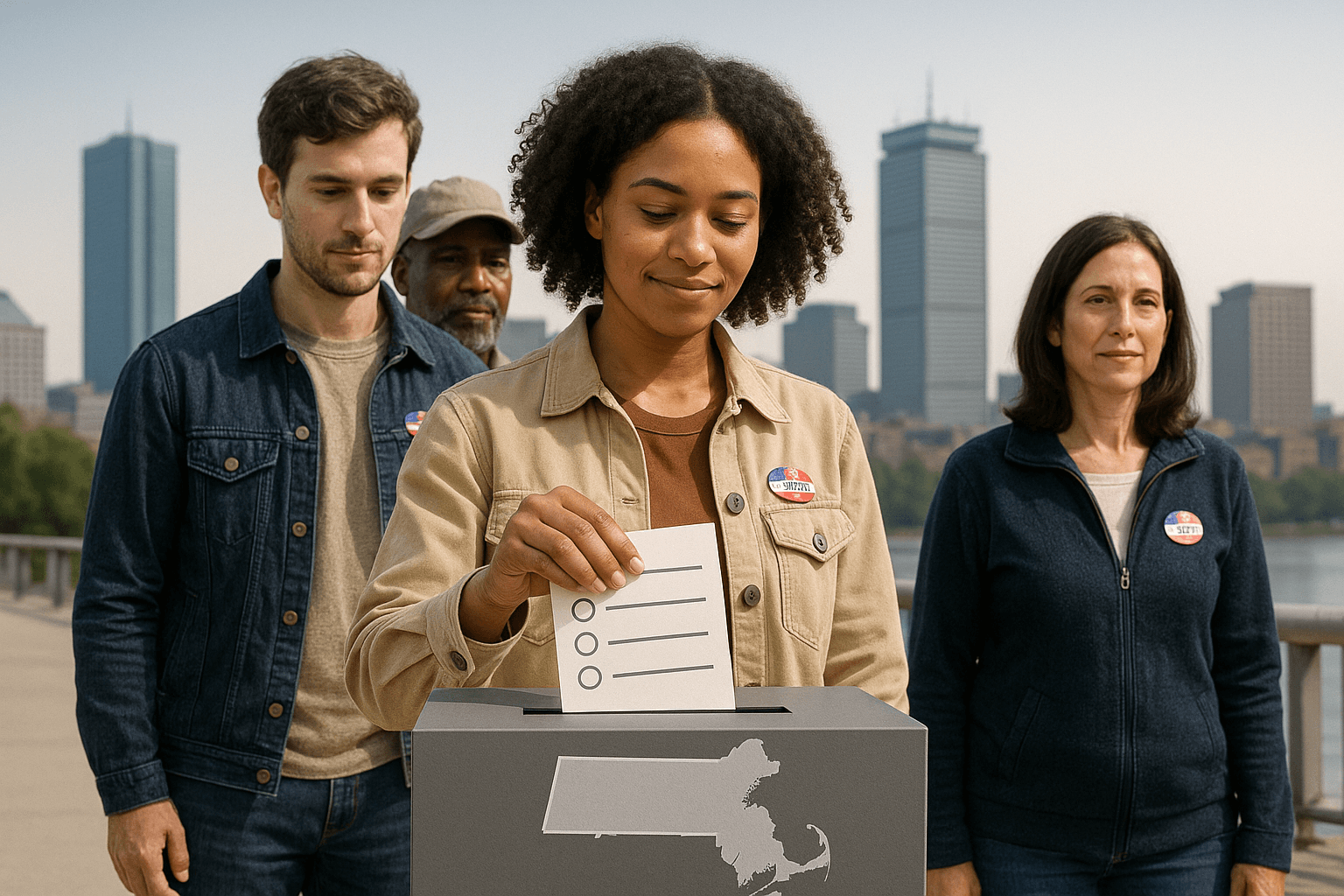Could Northern Ireland's Elections Set an Example for the US?

On March 2, 2017, Northern Ireland’s citizens will cast their votes for Members of the country’s sixth Legislative Assembly. In this election, the country’s heavily Protestant Democratic Union Party (DUP), which holds 37 of the 108 seats, will face off with the Irish nationalist Sinn Fein Party (28 seats) for influence over the Assembly’s legislative agenda. Additionally, this election will provide an opportunity for smaller, more moderate parties such as the Ulster Unionist Party and the Social Democratic and Labor Party to gain a voice amongst the larger parties.
To elect its Legislative Assembly, Northern Ireland uses fair representation voting, or multi-winner ranked choice voting (RCV, also known internationally as the single transferable vote). Scholars have highlighted Northern Ireland's use of multi-winner RCV as a critically important feature of Northern Ireland's peace process over the past 20 years.
When using ranked choice voting (RCV) to elect multiple seats, voters rank candidates in order of preference instead of merely selecting one. In order to get elected, candidates must earn a certain share of votes determined by the number of seats that are up for election. This is similar to single-winner RCV, which requires winners to reach a majority (50% +1) of the vote, and is currently used in multiple cities in the U.S. and was recently passed statewide in Maine. When three seats are elected, the threshold of support needed to win decreases to 25% + 1. Northern Ireland will elect five seats in each constituency, meaning just over a sixth of voters (16.7%) will have the power to elect a preferred candidate. Like-minded voters representing a majority of 50% + 1 will earn three of five seats, and overall more than four in five voters are sure to elect one of their highly ranked candidates.
Northern Ireland’s previous experience with RCV can provide us with valuable insight into its effectiveness. FairVote previously found that the country’s RCV system elected a more balanced Assembly than a plurality system would have yielded. Having voters rank their choices opens up electoral opportunities to candidates from smaller parties and moderates from within larger parties - that is, fair representation of each district's left, center and right. Since RCV was introduced, moderates in the Ulster Unionist Party and the Social Democratic and Labor Party have played an invaluable role in ensuring collaborative policy-making in Northern Ireland by keeping the hardliner parties in check. This is consistent with FairVote’s findings that RCV has promoted representation for historically underrepresented groups and reduced negative campaigning.
The American congressional election system encourages extremely polarized candidates from the two major parties and shuts out moderates, independents and supporters from smaller parties who can play "bridgebuilder" roles between the traditional partisans. It badly needs a makeover, along the lines of the proposed Fair Representation Act that would establish multi-winner RCV in the US. We will be following the campaign for Northern Ireland’s Legislative Assembly over the coming weeks and expect that it will continue to demonstrate the positive changes ranked choice voting can bring.
Editor's note: This article originally published on FairVote's website, and has been re-published as is on IVN.
Photo Credit: trevorb / shutterstock.com


